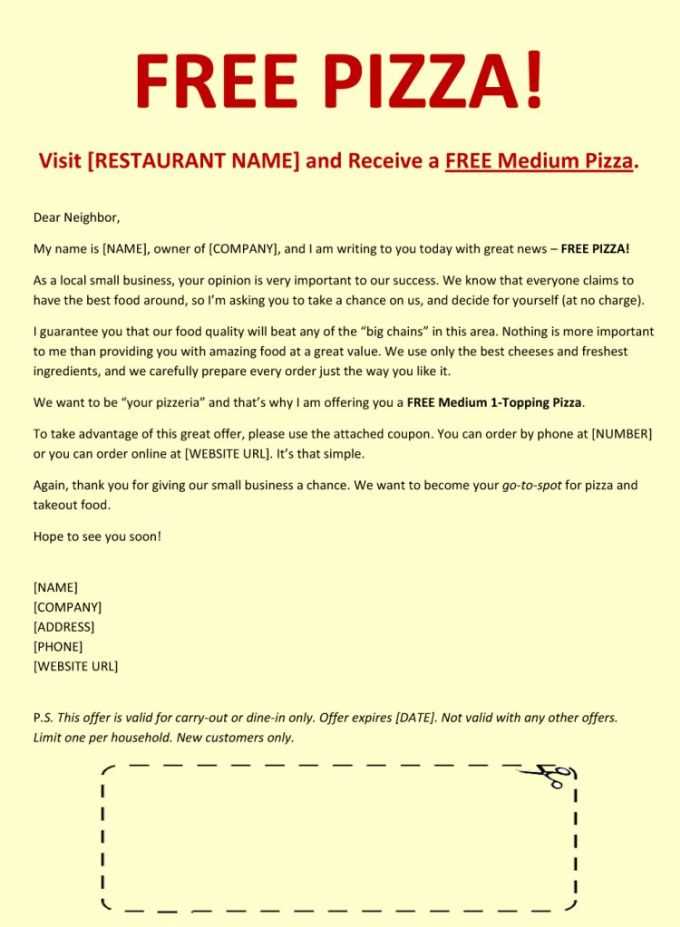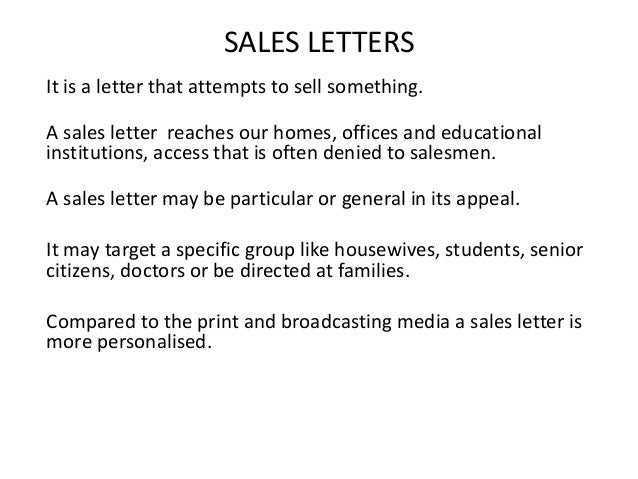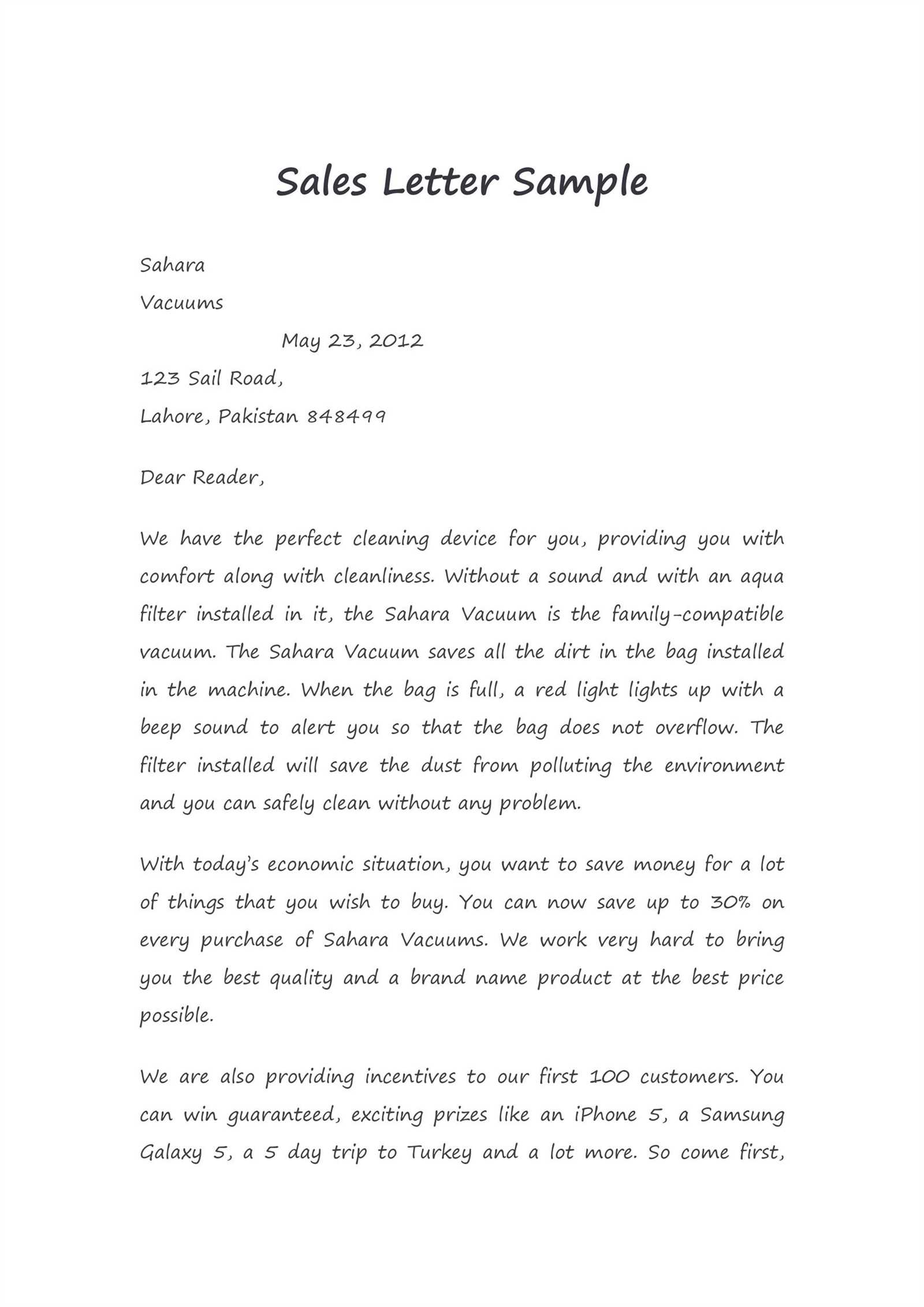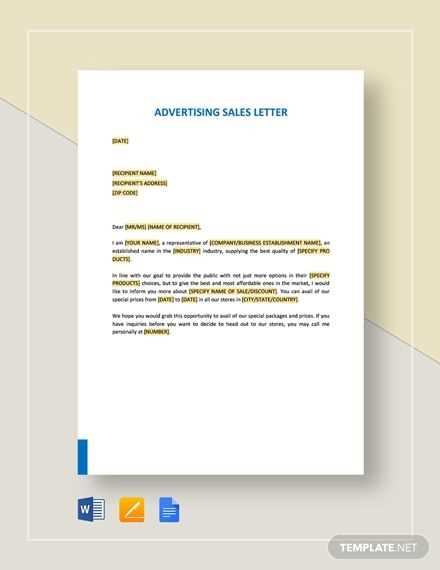Sales letter template

Crafting a Persuasive Opening
Grab attention right from the start. Open with a compelling statement or question that directly speaks to the reader’s needs or desires. For example, ask a question like: “Looking for a solution to boost your sales?” This creates immediate curiosity. Keep the tone conversational, as if you’re speaking to the reader personally.
Build Trust with a Strong Offer

Once you’ve caught their attention, offer something valuable. This could be a special discount, free trial, or a limited-time offer. Be clear about what the reader gains and how it can positively impact their business or life. For example: “Get 20% off your first purchase today!” It’s direct and gives readers a reason to continue reading.
Highlight the Benefits, Not the Features
People respond better to benefits than features. Describe how your product or service will make their life easier, more enjoyable, or more profitable. Instead of saying “Our software has a 99% uptime,” try “You’ll experience seamless performance with minimal disruptions.” Focus on how it solves their problem.
Provide Social Proof

Share testimonials or case studies that demonstrate how others have succeeded using your product or service. “Here’s how our clients have improved their conversion rates by 30%.” This builds credibility and reassures the reader that they’re making a wise decision.
Call to Action (CTA)
End your letter with a strong call to action. Tell your reader exactly what to do next. For example: “Click below to claim your discount now!” Make it clear and easy for the reader to act immediately. Offering a time-sensitive incentive, like a countdown or limited availability, can increase urgency.
Formatting Tips

- Use short, punchy paragraphs for easier reading.
- Bold key points to emphasize offers and benefits.
- Break up text with bullet points or numbered lists to highlight important details.
Closing
Reassure the reader that their decision is the right one. A closing like “We’re excited to help you achieve your goals!” adds a friendly and supportive tone, leaving the reader with a positive impression of your offer.
Sales Letter Template: A Practical Guide
How to Structure a Sales Letter to Capture Interest
Writing an Irresistible Headline to Grab Attention
Crafting a Compelling Value Proposition That Resonates with the Reader’s Needs
How to Incorporate Testimonials and Social Proof into Your Letter
Creating a Call-to-Action That Inspires Immediate Action
Design Tips for Making Your Letter Visually Engaging
Begin with a headline that immediately grabs attention by addressing the reader’s pain point or desire. Make it specific and benefit-driven. Avoid vague language. For example, instead of saying “Improve Your Life,” try “Double Your Productivity in 30 Days.” A clear, direct headline works best.
Your value proposition should follow the headline. Clearly explain what the reader gains and how it solves their problem. Highlight the benefits in a straightforward manner, using simple language that resonates with the audience’s needs. Focus on how the product or service improves their situation and meets their specific goals.
Incorporating testimonials and social proof builds trust and credibility. Share customer success stories that are relatable to your target audience. Use specific examples and numbers to show the real-world impact of your offer. This reassures potential customers that others have experienced the same results.
The call-to-action (CTA) must be clear and urgent. Direct the reader to act now, whether it’s to make a purchase, sign up, or request more information. Use actionable language, like “Get Started Today” or “Claim Your Spot Now,” and make the CTA easy to find, ideally near the end of the letter.
Design matters too. Keep the layout simple and organized. Use headings, subheadings, and bullet points to break up text and highlight key information. Leave white space to avoid overwhelming the reader. Incorporating relevant visuals, such as images or icons, can enhance engagement, but make sure they don’t distract from the message.